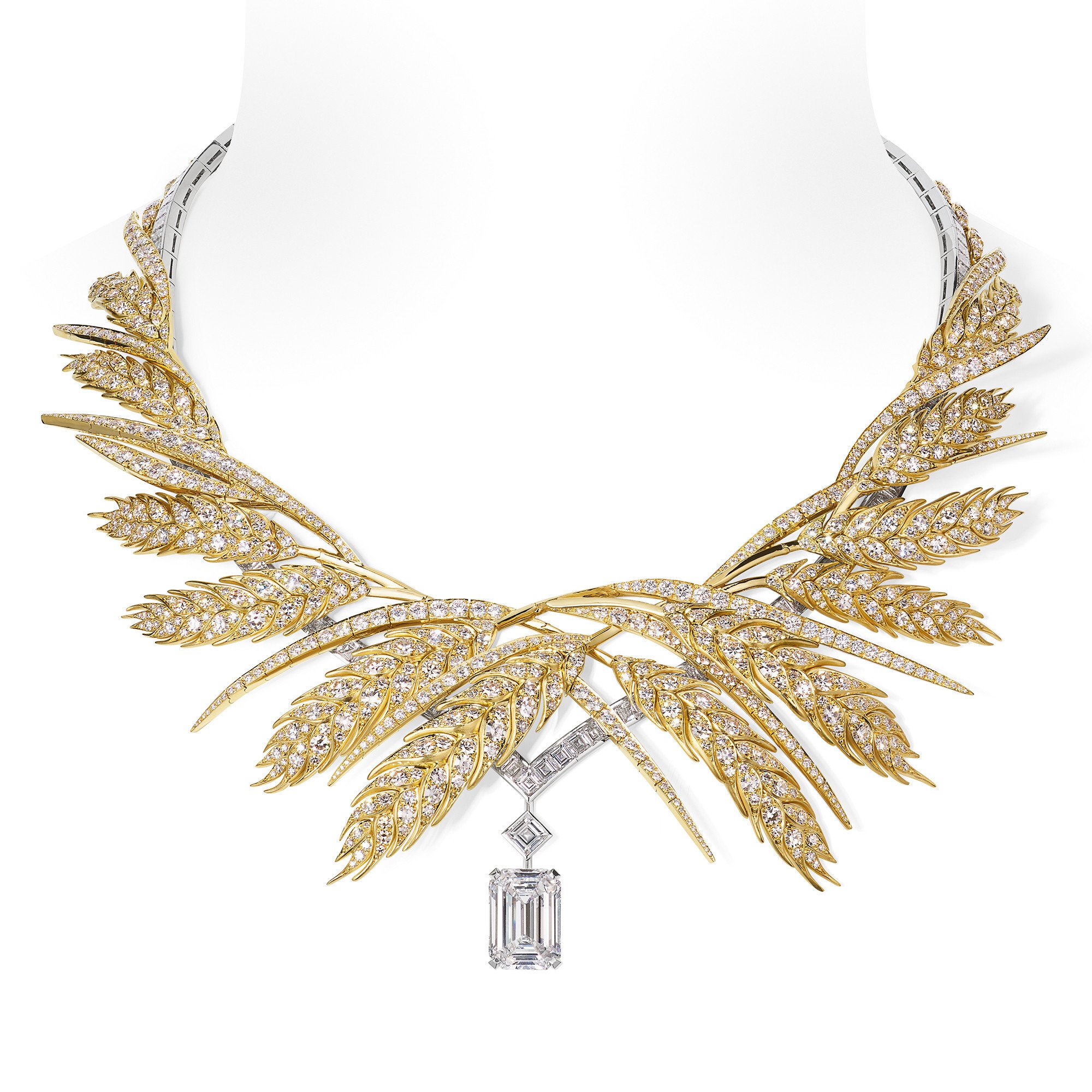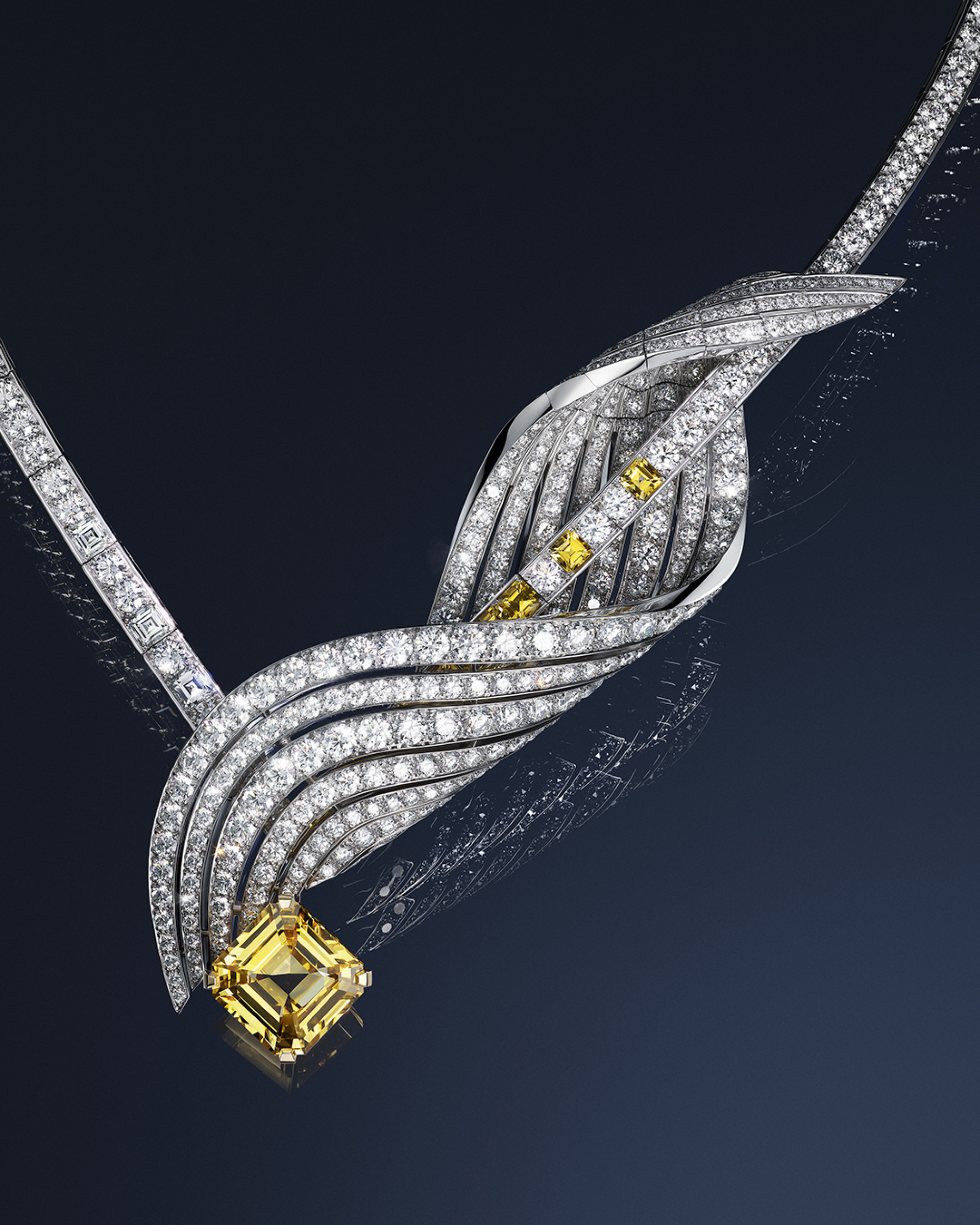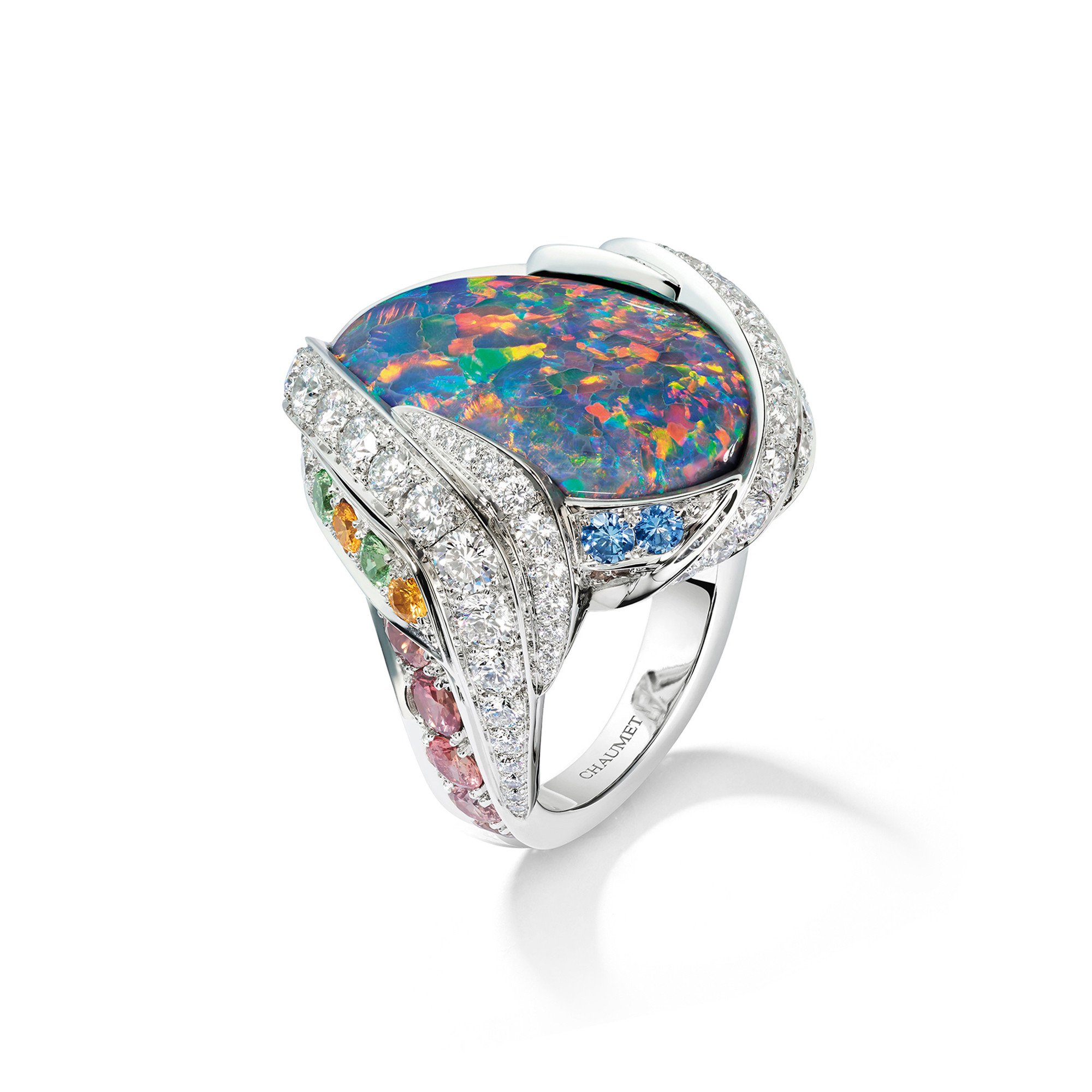Style Edit: Chaumet CEO Jean-Marc Mansvelt on why high jewellery matters more than ever, the enduring power of tiaras, and why Asian buyers ‘have a real sense of luxury’


Mansvelt adds that more clients are realising that just like paintings or sculpture, high jewellery can be a lifetime investment that is likely to go up in value, especially for established brands like Chaumet. He even adds, half-jokingly, that in certain countries high jewellery is a safe place for wealthy individuals to place their money in case “they have to escape”.

Jokes aside, Mansvelt believes that high jewellery “is the best way to show the creativity and virtuosity … a way to show that you suddenly become part of a club”.
In the end, what is a tiara? A sign of either power – like a crown – or the coronation of love

Those second generation-clients are definitely a priority for Mansvelt. High jewellery is often perceived as staid and old fashioned – think big diamonds paired with ball gowns. Mansvelt says that in part thanks to Asia, the average age of high jewellery clients has significantly decreased in recent years. “It’s true that high jewellery clients in the past were older but today we see a different kind of client,” he says. “Asian clients are much younger than what you see in Japan and Europe. It’s a way for them to show that they’re part of this sort of club and of this history that goes back centuries.”
In Asia, compared to the US, people have a real sense of luxury … they understand more and they have real taste; they’re real connoisseurs
For a brand founded in 1780, balancing tradition with newness is key to capturing younger consumers who won’t just buy a piece of jewellery because of its storied heritage. “We all have to understand that if you only talk about the past nobody will be interested. It doesn’t mean they won’t be interested in terms of knowledge, but maybe not in the pieces,” says Mansvelt, adding that while Chaumet never shuns its history and often brings back themes such as botanical references, it also updates them each time and comes up with new, more abstract concepts that can be more appealing to the younger generation.

He also recognises that high jewellery is something that not everyone can afford, which is why Chaumet has built very successful lines such as Bee My Love and Liens to appeal to a wider range of luxury consumers. “Jewellery now is part of the silhouette,” he says. “Before it was ready-to-wear, shoes and bags and now jewellery is a way to define your silhouette and personality. The market is expanding and people want to be part of this world – not everybody can buy high jewellery, which is very limited in quantity. You can play with jewellery and mix bracelets and rings.”
Even then, Mansvelt, who worked at Louis Vuitton and Loro Piana before joining Chaumet eight years ago, loves the fact that the brand is still relatively small when compared to other jewellery houses. “A specificity for our maison is that our production is limited and it’s always been like this – it’s very different from other jewellers. We’re more discreet and have fewer stores,” he says. “The more you become an expert and understand the market and go to the real jewellers – if I may use that word – the more you discover that the original one is Chaumet, which becomes a sense of distinction because not too many people are wearing Chaumet.”

Today Asia is by far the largest market for Chaumet, with the brand having been present in Japan for about 40 years and in Hong Kong for about two decades. It made its debut in China in 2007.
“In Asia, compared to the US, people have a real sense of luxury. They’re interested in the story behind the pieces and what’s hidden behind the beauty of the pieces and the connection with France, history, tradition. They’re more luxury focused and they understand more and they have real taste; they’re real connoisseurs,” he says. “It’s especially the case in Japan. They know the brand well and know how to read the brands and how to connect the stories, facets and the depth. Often in Europe as a brand you’re not as beloved in your own country as in other parts of the world.”
As someone who first entered the luxury industry through the world of leather goods and fashion, Mansvelt believes that jewellery is on a completely different level.

“This is the beauty of jewellery and a maison like us,” he says proudly while playing with a stack of Chaumet bracelets and a pendant necklace. “It’s not about fashion and about something that is obsolete and only lasts a few weeks, but something that potentially lasts forever.
“Jewellery is more emotional, less wasteful, less about speed and more about depth. The more you go into it the more you discover. After eight years and a half at Chaumet I still discover things every day. You meet people who have been around for 30 or 40 years and speak about Chaumet as if it was their first day. There is a real passion.”

- We caught up with Chaumet CEO Jean-Marc Mansvelt at the LVMH-owned brand’s historic headquarters in Paris’ Place Vendôme – the fabled home of iconic high jewellery brands
- The house has long made tiaras for European royalty, including Napoleon Bonaparte’s consort Joséphine, while today more affordable Bee My Love and Liens lines broaden the brand’s appeal